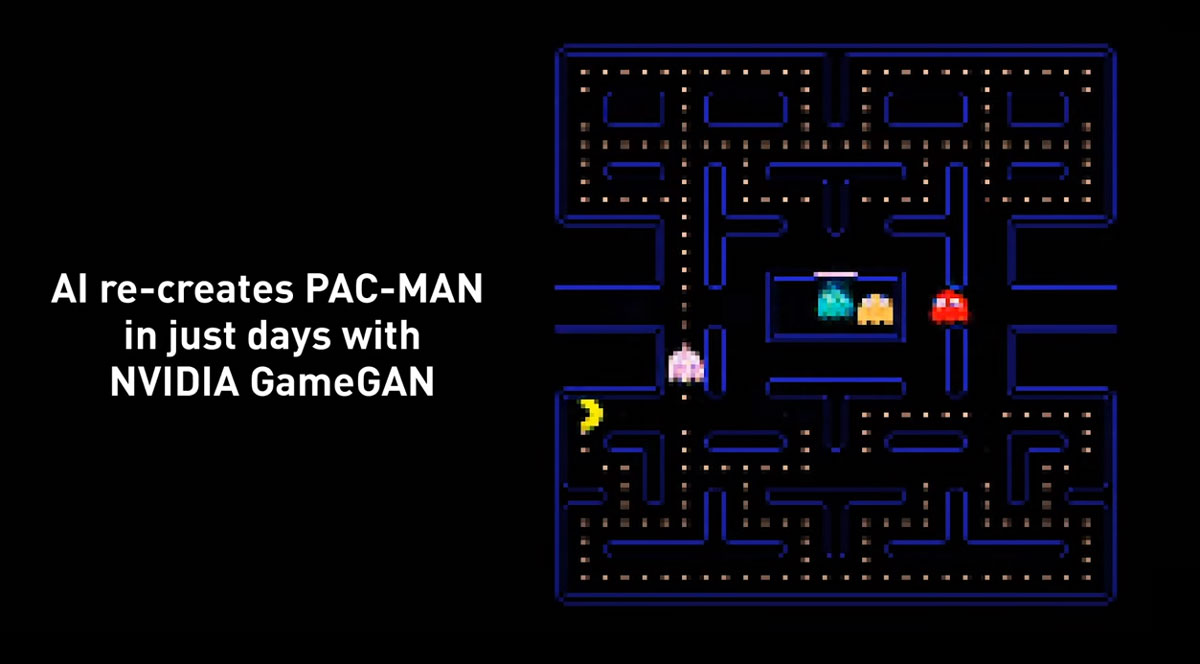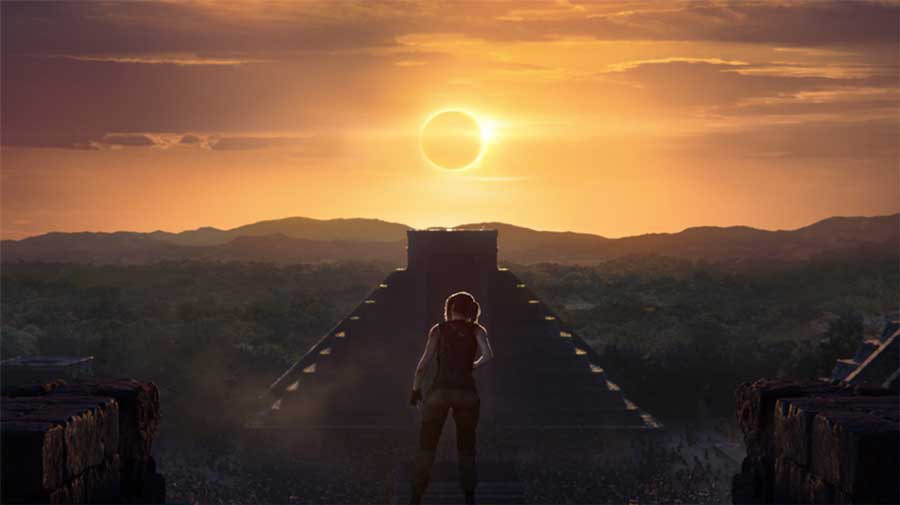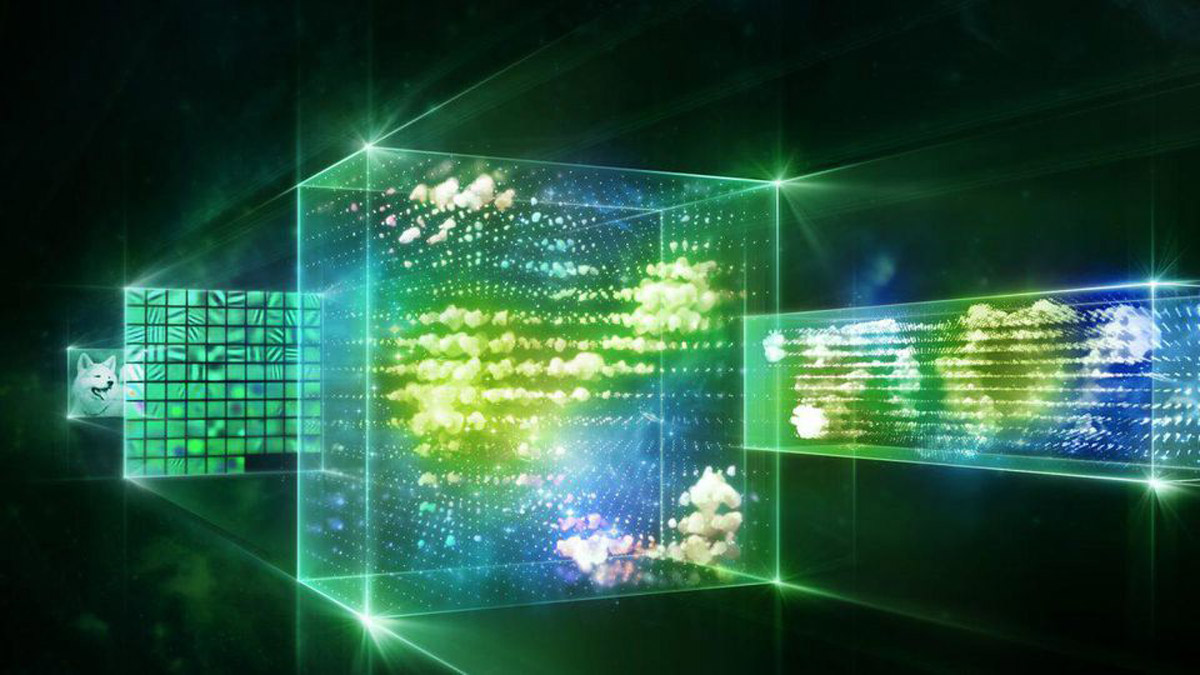If there is one thing that is considered the holy grail of gaming right now, it is creating an immersive experience for gamers. While new technology including augmented reality and video reality have been harnessed to create a more realistic and interactive gaming experience, it seems that the tech that holds the key to total immersion is none other than artificial intelligence.
The origins of AI in gaming
May 11, 1997 is a day that every AI fan will remember forever. On that day, the reigning world champion in the game, Garry Kasparov, was finally defeated by a computer named Deep Blue in game six of their chess rematch. IBM was behind the computer’s development, which was one of the first instances of artificial intelligence being used so successfully. Although Deep Blue used a brute-force search mechanism, instead of the approach of deep learning that would take precedence later, it is widely considered as one of the earliest examples of AI. According to IBM, Deep Blue could consider up to 200 million potential positions within a single second.

The news of Deep Blue’s win created a ripple effect not only in the computer industry or the chess world but across the globe. Was this the start of AI’s triumph over mankind, as sci-fi writers had warned us for years? Fortunately, no – but it marked the beginning of intense activity in propelling AI tech-forward and exploring its many applications. Nowadays, artificial intelligence and machine learning are much more sophisticated and have numerous applications in daily life.
Online customer service is routinely outsourced to AI-powered chatbots, while marketing companies tap into AI’s potential in order to provide more targeted advertising. In the finance world, trading has been transformed by the use of forex trade robots, which use algorithms to scan the forex market looking for profitable opportunities and have proven more efficient than humans. Trading rules can easily be backtested, consistency and discipline are some of the advantages of forex auto trading listed on TopOnlineForexBrokers.com. Smart devices in our homes often harness AI to improve their services, while autonomous cars use machine learning to safely navigate our roads. And, inspired by DeepBlue, game developers have continued to turn to AI in their industry – although the focus has slightly shifted from simply trying to teach machines to play a game well enough to defeat human opponents.
How AI is transforming interactions within a game
AI is routinely used by leading tech brands that are active in the gaming market, including graphics pioneer and gaming industry favorite, Nvidia. But game development is where AI has truly shone and helps create a more immersive experience. Machine learning has been extensively used to improve the interactions human players have with non-human players within a game. This includes machine learning agents, who are designed to fill in the shoes of other human players rather than act as NPCs. DeepBlue was an early example of this approach, but popular games like Dota 2 and StarCraft have also used this approach.

Dota 2 has released details about its OpenAI Five machine learning agent, which trained using reinforcement learning and getting the equivalent of 180 years of gaming practice daily, before beating the reigning Dota 2 esports champions in 2019. But now developers also highlight the potential of AI on improving how NPCs interact with human players. By using machine learning, NPCs can become less predictable in their responses, smarter, and more fun to play with or against. This would also mean far less work during game development, as instead of spending a significant amount of time scripting NPCs, studios can simply program them within days using AI-powered algorithms.
Open and more realistic worlds at our fingertips
AI is also radically changing procedural content generation in video games, which sees data created by algorithms instead of manual additions by developers. This is an incredible advantage for games that rely on open worlds, as it could allow a game’s universe to constantly expand on its own, adding tremendous replay value to the game. This would be very important in games that rely on exploring an open map or manipulating resources. Successful examples so far include the creation of whole universes and worlds in No Man’s Sky and Minecraft, as well as weapon generation in Borderlands 2 and Galactic Arms Race.

When creating a game setting, AI can also be used to make it more believable and add detail that will remind players of the real world. Right now, the way game graphics work is the opposite of what humans know. When we see objects from afar, they appear more abstract, but as we move closer, there is more detail. Within a game, this happens the other way around, as graphics look great from a distance but appear more pixelated upon closer inspection. Dynamically rendering details can help gamers feel more immersed in the game, as it will resemble the way the real world works.
The next big challenge for AI will be to find ways to improve emotional connections within a game – and helping develop more sophisticated NPCs and open worlds is a step towards that direction. Whatever the future holds for AI and gaming, it promises to be more exciting than we could ever imagine!
